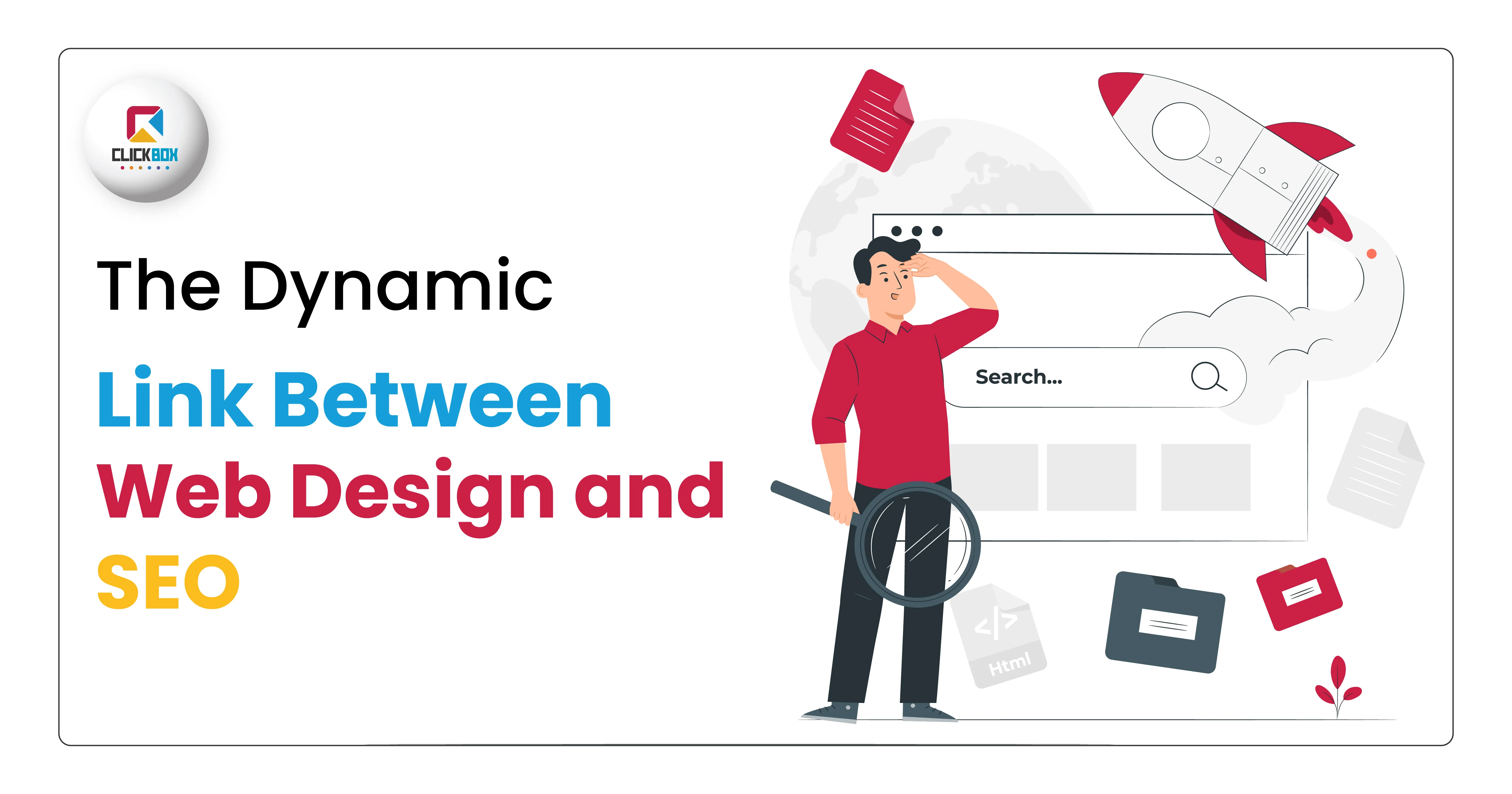My Insight Hub
Your go-to source for daily insights and updates.
Where Aesthetics Meet Algorithms
Discover the stunning intersection of beauty and technology where aesthetics collide with algorithms. Unleash your creativity today!
The Intersection of Art and Technology: Exploring Aesthetic Algorithms
The intersection of art and technology has paved the way for innovative expressions that fuse creativity with computational processes. Aesthetic algorithms have emerged as a key element in this trend, allowing artists to create works that are not only visually captivating but also rooted in complex mathematical frameworks. For instance, generative art—a style that relies on algorithms to produce unique pieces—offers a profound commentary on the relationship between human creativity and machine learning. Artists like Casey Reas and R. Luke DuBois exemplify how programming languages such as Processing are used to democratize art creation, making it accessible to a broader audience.
Furthermore, the role of aesthetic algorithms is not limited to visual art; their impact extends to music, literature, and design as well. For instance, algorithms can analyze patterns in existing works to generate new compositions or thematic written pieces that reflect contemporary interests. This form of creative coding encourages collaboration among artists, programmers, and AI enthusiasts, underpinning a cultural shift towards a more interdisciplinary approach. As technology continues to evolve, the dialogue between art and algorithms will undoubtedly deepen, highlighting the intricate balance between human insight and machine intelligence.

How Algorithms Shape Visual Design: A Deep Dive
The influence of algorithms on visual design is profound, as they systematically dictate how content is curated and presented. Algorithms analyze user interactions, preferences, and behaviors to determine which elements of design will engage audiences effectively. For instance, platforms like Smashing Magazine discuss how recommendation systems not only shape the aesthetics of interfaces but also prioritize information based on user needs. This creates a dynamic relationship between design and user experience, enabling designers to craft layouts that resonate more with their target audiences.
Furthermore, the role of algorithms extends into optimizing visual engagement through techniques such as A/B testing and data-driven design strategies. As detailed in Nielsen Norman Group, the iterative feedback provided by these algorithms allows designers to refine their creations, ensuring that images, colors, and layouts not only attract attention but also convert visitors into loyal users. By merging creativity with data insights, modern designers are better equipped to create visually compelling experiences that align with consumer behavior.
Are Aesthetic Choices in Design Driven by Data?
The intersection of aesthetics and data-driven design has become increasingly prominent in recent years. Designers are now leveraging various data analytics tools to understand consumer preferences and behaviors, which directly influence their design choices. For instance, by analyzing user engagement metrics, designers can identify which visual elements resonate most with their audience, leading to more effective data-driven decisions. This process not only enhances the user experience but also ensures that the aesthetics align with the brand's identity and goals.
Moreover, aesthetic choices in design are often informed by user feedback and testing outcomes. Designers utilize A/B testing to compare different design variations and their impact on user behaviour, helping to refine visual narratives. The importance of creating a visually appealing yet functional design cannot be overstated, as illustrated by research from the Nielsen Norman Group. Successful integration of aesthetic elements guided by analytical data not only captivates users but also drives conversions, illustrating the symbiotic relationship between aesthetic choices and data insights.